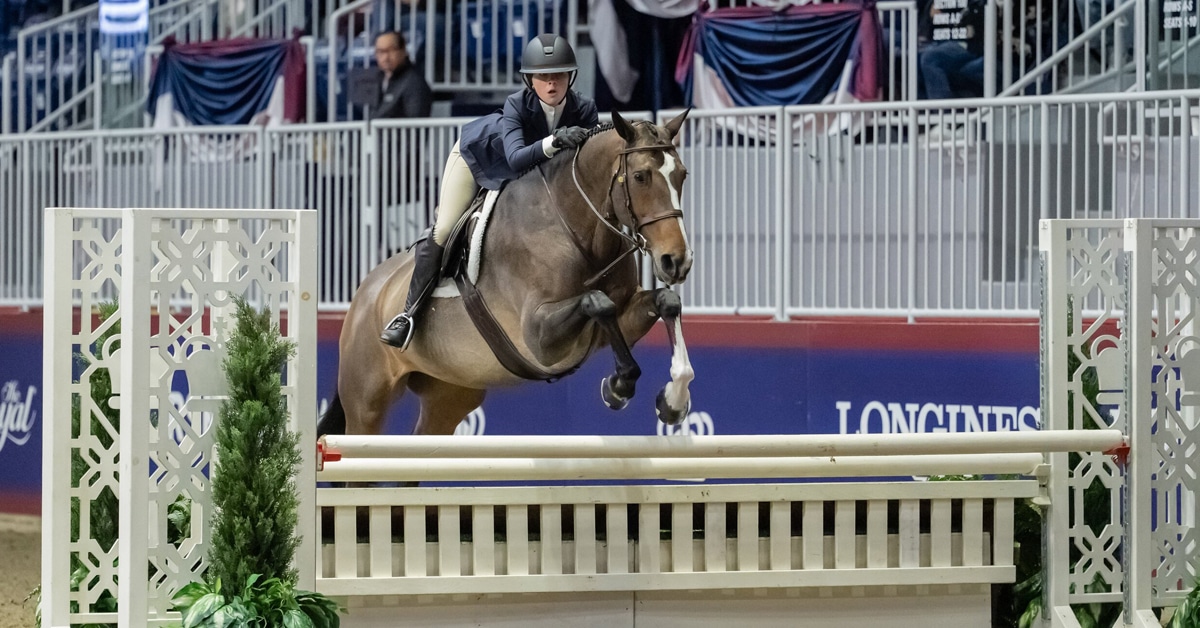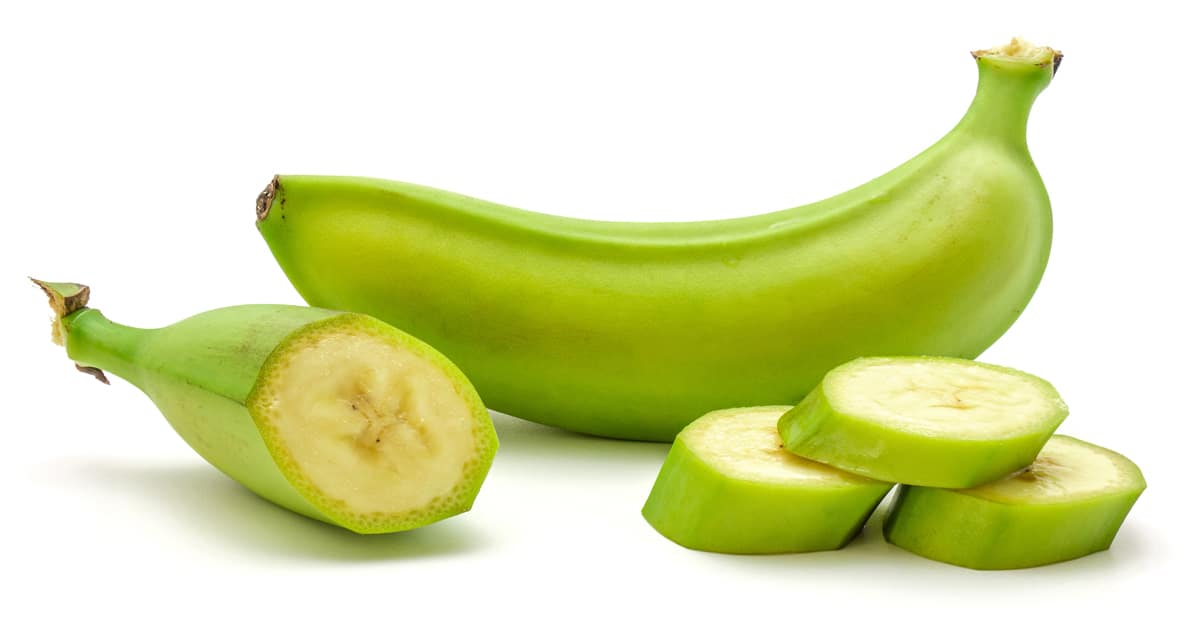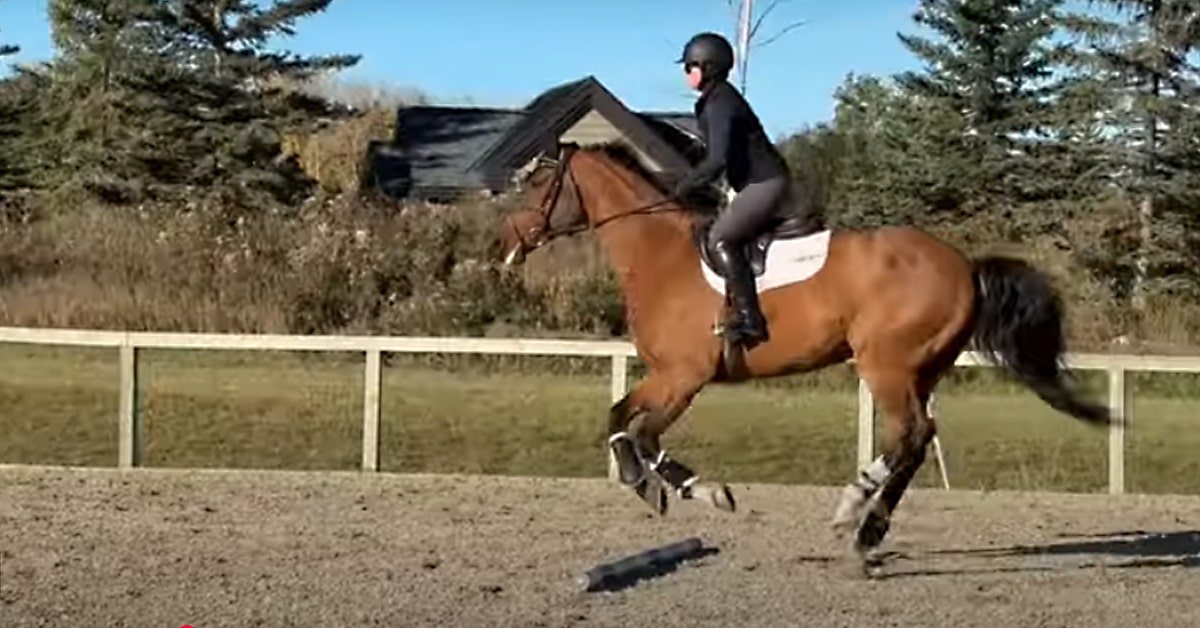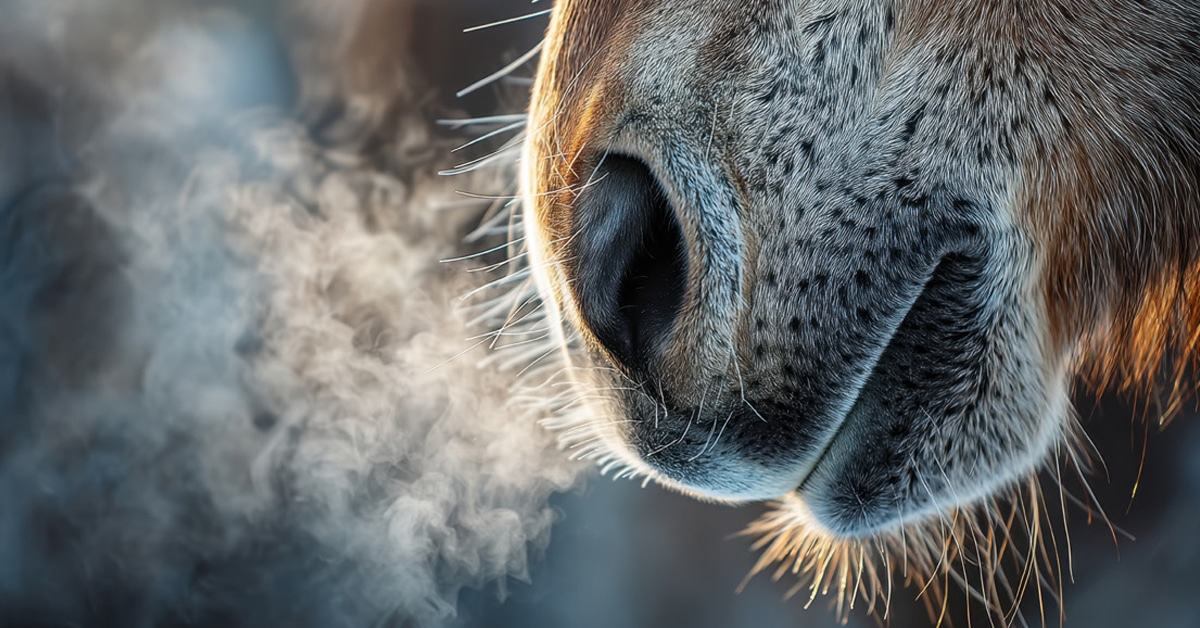With the onset of colder weather across much of the country comes the task of preparing our horses for winter. Often, part of that preparation is the decision of whether or not to clip their coats. There are many factors to be weighed as part of this decision: Do you work your horse in cold weather? Does your horse sweat when you work him in cold weather? Are you willing to blanket your horse? Does your horse live outside all winter?
Clipping is a choice that should be made based on your specific situation. Generally, if you do not work your horse during the winter there is little need to clip; but if your horse sweats in cold then clipping is a good option to prevent chill and decrease drying time. Clipping can be important if it is hard to dry your horse after a workout because sweat makes his coat heavy and prevents it from keeping him warm. When dry, your horse’s coat is his natural defense against the elements, therefore if you decide to clip you should be prepared to use blankets. This article will cover how to prepare for clipping, clipping style options and aftercare.
Clipping Supplies
To clip a large area you will need body clippers and the appropriate blades; clippers meant for trimming smaller areas, like the face and legs, will not be sufficient for body clipping because their motors are not meant to withstand the demand of body clipping. There are many blade types available, but body clipping is generally done with a #10 blade. Size 10 blades are available in regular and wide widths, the wide width speeds up the clipping process and helps reduce visible lines in the hair. The charts below further explain common blade types and the supplies you should have on hand before you begin clipping.
Blade number definitions:
Supplies to have on hand:
Preparing Your Horse
If possible, it is best to clip your horse on a warm day, as you will be removing a good amount of his insulating coat. When clipping on a cold day, cover him with a cooler as you work; fold the cooler back as you work on the front half and fold it forward to work on the hind end. Ideally you should bathe your horse before clipping to remove excess dirt and hair that can dull the clipper blades. If bathing is not an option due to cool weather, a thorough grooming is necessary – be sure to curry well in order to loosen dirt and loose hair trapped in a thick coat. Dirt trapped in the hair will dull clipper blades. After bathing or grooming, spray your horse with a hair polish/detangler where you plan to clip – this will help the clipper blades glide smoothly through the hair and to help extend blade life.
Clipping Styles
With many clipping styles to choose from, the choice you make should once again be based on your particular situation. A full body clip can be an option for horses in heavy work and limited turnout, but other clips allow you to preserve some of the insulation a winter coat provides while uncovering areas prone to the most sweat.
Choose the style that best fits your horse’s work level, your riding discipline, as well as how much and where your horse sweats. Below are illustrations of some common clips (blue areas are clipped, gray areas stay unclipped).
Full clip
The entire body is clipped, including the face, legs and belly. This clip is appropriate for horses in heavy work during the winter and who will be turned out in dry areas. Blanketing, and possibly a neck cover, will be necessary and riding with a quarter sheet in cold temperatures is advised.
Hunter clip
The body and face are clipped, but the legs and saddle area are left unclipped. Determine the saddle area by tracing a saddle pad with chalk on your horse’s back, leave this area unclipped. This clip is appropriate for horses in medium to heavy work. Blanketing will be necessary, and riding with a quarter sheet in cold temperatures is advised.
Blanket clip
The body and face are clipped, but the legs and area that a quarter sheet would cover are left unclipped. Determine the blanket area by tracing a quarter sheet with chalk on your horse’s back, leave this area unclipped. This clip is appropriate for horses in medium work, blanketing will be necessary.
Trace clip
The underside of the neck, chest, belly and halfway up the sides and hind end are clipped. High trace clips are also popular – this simply means the clip is higher on the neck, sides and hind end. This clip is appropriate for horses in light to medium work, blanketing will be necessary.
Irish clip
The underside of the neck, chest, and belly are clipped; the upper clip line sweeps diagonally from the upper jaw line to under the flank. This clip is appropriate for horses in light to medium work. Blanketing will be necessary to protect the chest, but they can be lighter than required for horses with more drastic clips.
Bib/Strip clip
The underside of the neck, chest and belly are clipped. A Strip clip simply means the Bib clip is extended further under the flank. These clips leave the most hair on your horse and are appropriate for horses in light work. Some blanketing will be necessary depending on the climate in your area.
Time to Clip
Before starting you can trace the clipping outline onto your horse with chalk to help ensure both sides are symmetrical. Remember to slowly introduce the clippers to your horse if this is his first clipping experience. Some horses enjoy the process, while others are much more wary of the sound and vibration clippers make.
Start clipping at the shoulder or neck and clip in the opposite direction of hair growth. Adjust the direction of your clipping depending on the hair growth patterns; this will help reduce clipper lines. Spray the blades with the cooling/lubricant spray often to help prevent overheating.
If the clippers feel hot turn them off and clear the hair out with a toothbrush. If the clipper lines are becoming more apparent or the blades are hard to move through the hair then remove the blades and wash them in the cleaning solution – take this opportunity to clear the hair from the head of the clippers. If the blades are still not clipping smoothly after cleaning they may need to be sharpened, which is usually done by sending the blades out for service. Sharp blades are important not only for clean lines but also to prevent hairs from being pulled, which could irritate and hurt the horse.
Remember to always watch where the extension cord is and keep it away from your horse’s legs.
Aftercare
The more hair you remove from your horse, the heavier the blankets he will require. Horses with full body clips will need to be blanketed at all times and may require neck covers, horses with more moderate clips may require lighter layers depending on how much hair was removed and the climate. When riding a horse with fully clipped hind quarters it is best to use a quarter sheet.
Enjoy the ease of grooming your clipped horse and remember to pay close attention to his body heat levels to ensure he is sufficiently blanketed.
The Latest

















